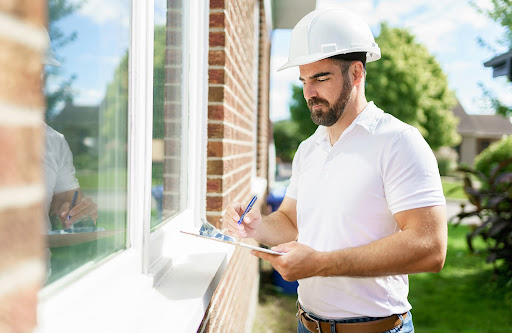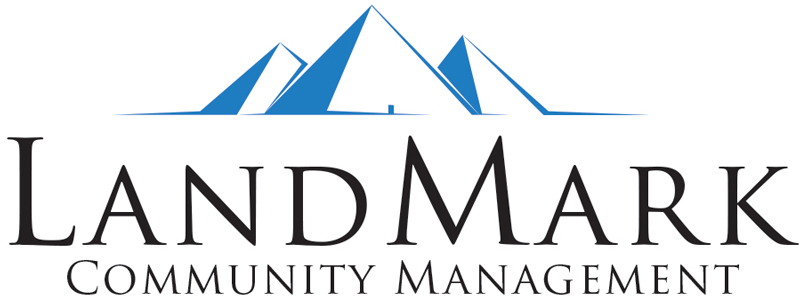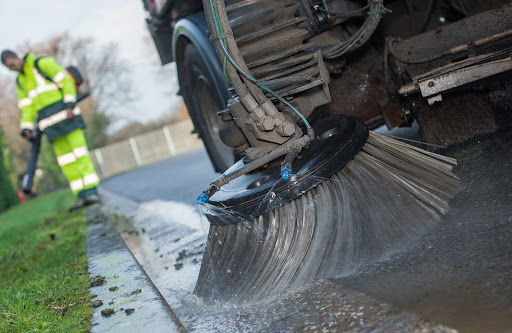The homeowners association must fulfill several HOA maintenance responsibilities to keep the community well-maintained. In fact, it’s one of the primary tasks of the association. The HOA board should keep in mind what role they play and prioritize maintaining common areas.
What Are Common Areas?
HOA common area maintenance is one of the board’s main responsibilities, but what are common areas anyway? A common area is any community property accessible to the HOA members. They do not include individually owned properties, so they exclude residential units.
Most people think common areas are limited to amenities such as pools, gyms, or clubhouses. But, common areas also encompass anything else that an individual resident does not own. Thus, they include the community’s roads, sidewalks, and parks. For condominiums, they include stairs, elevators, and walkways.
Defining HOA Maintenance Responsibilities
Generally, homeowners association maintenance responsibilities are outlined in state law and the HOA’s governing documents. More specifically, the HOA maintenance requirements are in the Declaration of Covenants, Conditions, and Restrictions (CC&Rs).
However, some governing documents may be vague in defining the HOA’s maintenance responsibilities. In this case, a good rule of thumb for HOAs to abide by is that the association is responsible for maintaining common areas. Meanwhile, residents and unit owners are responsible for maintaining individually owned land and property.
In some communities, the HOA maintenance structure includes provisions for limited or exclusive common areas. These areas are those accessible or used only by a subset of community members. Who maintains these will depend on the governing documents and state law.
Examples of Common Area Maintenance Activities
A reliable board of directors will create an HOA maintenance checklist, including all of the tasks the association must accomplish. Here are some examples of what associations might add to that list:
- HOA sidewalk maintenance
- Landscaping and lawncare (irrigation, tree trimming)
- HVAC maintenance for common areas
- Road maintenance and pothole repairs
- Fence and gate repair and painting
- Inspection and cleaning of community drains and gutters
- Repairs and maintenance of common area lighting
- Elevator maintenance and repairs
- Cleaning and maintenance of amenities like pools, gyms, and parks
- Maintaining, repairing, and replacing equipment for common areas and facilities
- Snow removal
- Trash collection
- Pest control
Repairing Accidental Damages to Property
While homeowners associations are generally responsible for maintaining common areas, they are usually not responsible for damages caused by community members. In these cases, the resident who damaged the HOA’s property is often responsible for the repair. Conversely, if the association damages homeowner property, the HOA is liable to cover for the repairs.
How to Fulfill HOA Maintenance Duties
A lot goes into the upkeep of common areas. Here are some of the ways the HOA can fulfill its maintenance duties.
1. Hire Seasoned Contractors
A good homeowners association should hire a reliable HOA maintenance company. The contractor should be able to provide excellent services for the lowest price. They should also be able to fulfill the job on time.
HOA board members can also hire regular employees to fulfill certain roles. For example, large communities or condominium associations may hire janitors to clean streets or hallways. This may be beneficial for HOAs that need regular services.
Communities should keep a list of all the seasoned contractors they have hired in the past. They should also track which vendors do a good job and which could be more reliable. This way, the HOA can ensure they’re utilizing the community’s funds well.
2. Communicate With Homeowners
HOA maintenance entails more than hiring staff and vendors to conduct maintenance activities. Communicating with the homeowners and enforcing rules can also drastically limit the repairs and maintenance needed.
Consider setting usage rules and guidelines when it comes to using certain amenities. This will prevent damage and lengthen the lifespan of the HOA’s facilities. Post signs and reminders to remind the residents of the rules.
However, review state law and the governing documents before imposing fines or penalties. Many states, like Texas, allow HOAs to regulate the use of common areas. Meanwhile, some may impose certain restrictions or guidelines that HOAs must follow.
3. Conduct Inspections

Inspections must be a part of any HOA maintenance plan. This is the best way to uncover and remedy issues early on. It will help the HOA limit costs and prevent potential accidents. Moreover, some governing documents dictate when and how often inspections should be conducted. Board members should review their bylaws to ensure compliance.
4. Proper Budgeting
It’s impossible to maintain common areas without the proper funding. That’s why the HOA board must carefully create a budget to ensure they can cover all repairs and maintenance costs. The board should also consider the lifespan of each facility and equipment to ensure they have enough to replace them down the road.
After determining the projected expenses, the board should levy the proper association fees to ensure the community is well-kept. This may be undesirable for many community members. However, the alternative is worse as the HOA may need to levy special assessments for major repairs in the future.
5. Purchase Insurance
Insurance is a vital part of maintaining the community. Insurance can make or break the community’s finances when emergencies or unforeseen accidents arise. Insufficient insurance can deplete the HOA’s reserves. Moreover, it may even force the HOA to levy special assessments.
HOA boards must assess the community’s needs and risks to manage it well. Regular HOA insurance may be sufficient for many associations. However, homeowners associations in vulnerable areas may need more coverage to protect their property.
6. Accept Maintenance Requests
HOA members are often the first to notice maintenance issues the community must address. As such, providing residents with a maintenance request form they can fill out is a good idea. This can inform the board of potential problems they must address or monitor. It can also ensure that they fulfill their maintenance obligations promptly.
Making the Community a Better Place to Live
HOA property maintenance can be difficult for many communities. There are often too many things to inspect, clean, maintain, repair, and replace. This is especially true for larger communities with more facilities. But, maintaining common areas is the HOA’s responsibility and should not be neglected.
Is your community having trouble with HOA maintenance? Landmark Community Management can help. We offer premier HOA management services and can handle all your maintenance needs. Call us at 512-569-5527 or get in touch with us online for more details!


